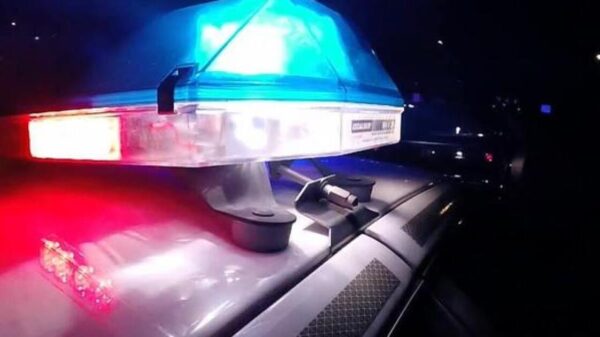Planet Earth is experiencing a notable increase in its rotational speed, resulting in one of the shortest days of the year. This phenomenon occurs on three specific dates: July 9, July 22, and August 5. Although the change is minimal—measured in mere milliseconds—scientists are observing these fluctuations as part of the planet’s complex behavior.
The average length of a day on Earth is typically 86,400 seconds, but due to variations in its rotation speed, this can change by a fraction of a second daily. Specifically, the Earth may rotate faster or slower by one millisecond or two, influenced by various factors, including the moon’s positioning relative to the equator.
According to TimeandDate.com, “Our planet spins quicker when the moon’s position is far to the north or south of Earth’s equator.” Additionally, natural events such as earthquakes and volcanic activity can also impact the rotation speed. For instance, the 8.9 magnitude earthquake that struck Japan in 2011 accelerated the Earth’s rotation, shortening the standard day by 1.8 microseconds.
Understanding Earth’s Rotational Variability
These subtle changes in the Earth’s spin have been tracked since the 1950s using atomic clocks. Any deviation from the standard 86,400 seconds is referred to as the length of day (LOD). The shortest day on record was on July 5, 2024, when the Earth completed its rotation 1.66 milliseconds faster than usual.
This summer, as the moon reaches its maximum distance from the equator on the aforementioned dates, scientists anticipate a slight increase in the Earth’s spin speed. According to Space.com, the specific lengths of these days will reflect this minute adjustment, although the difference will be virtually imperceptible to the human experience.
The Long-Term Perspective on Earth’s Rotation
Interestingly, the concept of a “day” has not always been constant. Research suggests that during the Jurassic Period, a complete rotation took just 23 hours. Furthermore, studies indicate that the length of a day is gradually increasing by approximately 1.7 milliseconds each century. If this trend continues, experts predict that in about 200 million years, a full day could extend to 25 hours.
While these changes may seem inconsequential in the short term, they highlight the dynamic nature of our planet. The interplay between geological activity and celestial mechanics continues to shape how we measure time and understand Earth’s complex systems.








































































